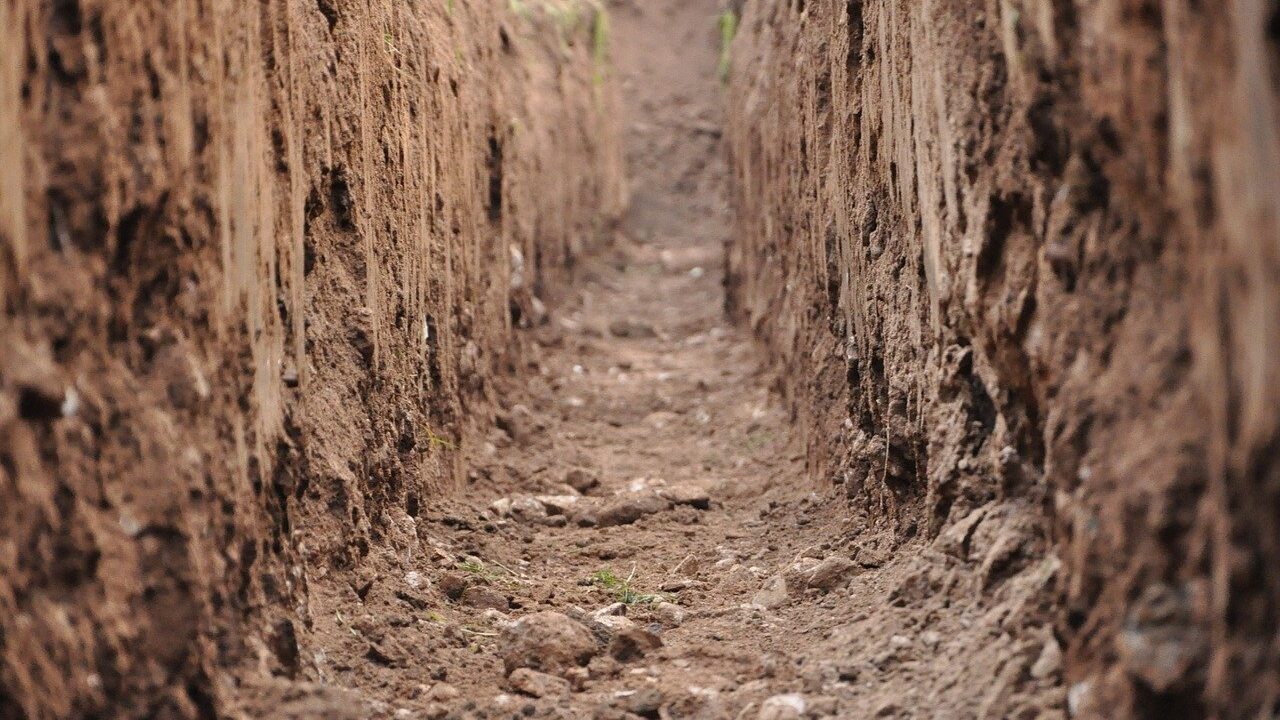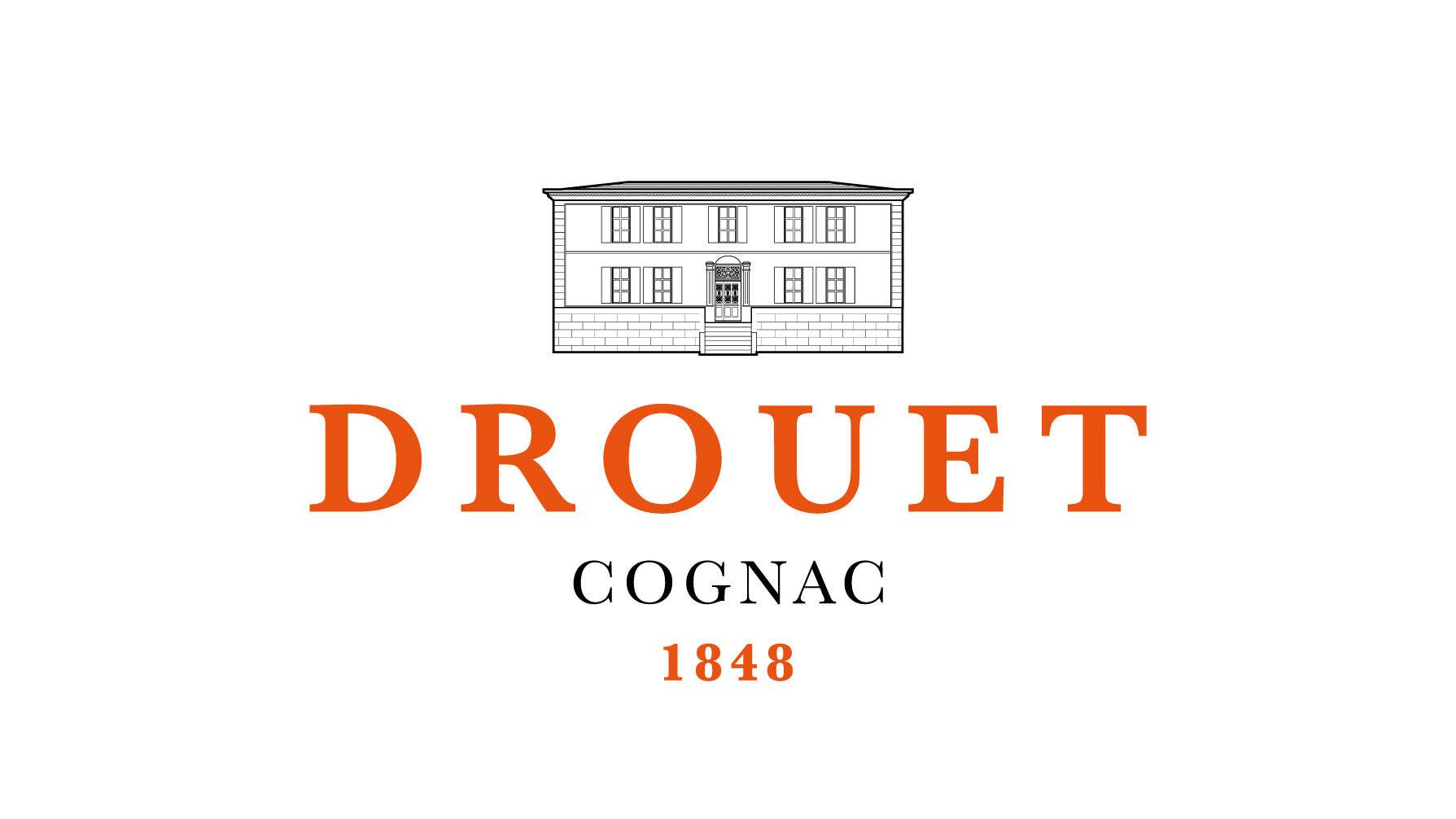Many claim that limestone is the superior soil for wine production. There are many, many famous wine regions that have this magical, calcium rich soil to back up this claim including Champagne, Tuscany, the Loire and Rhône valleys, Burgundy, Jerez, and certain parts of Bordeaux. Even a small area in California, Paso Robles, grows wonderful grapes for making wine because of limestone. In a previous post, I touched on how this soil was formed all over Europe back in the Cretaceous period some 80 million years ago. But what exactly is it that sets it apart from other soil types? Why is it better than, say, flint, clay, or volcanic soil? And most importantly, how does it supply such superior benefits to the grapes?
A common question about wine is, “Do great wines only grow from certain soils?” The answer is yes and no. As with most things, it’s a bit complicated. While soil is absolutely integral to wine production, there are also a number of other elements that play a role. Climate, type of grape, style of wine, topography of the land, and elevation are also very much involved. When we talk about wine in terms of Cognac production, it’s not very different than the production of that glass of Pinot Gris you had for dinner last night. While there is some contrast in the process of Cognac wine vs. table wine, in the broader sense the procedure is very similar as they share many identical elements. As far as soil is concerned, the aspects we want to look at are things such as minerals, pH balance, and drainage. Let’s work through these factors that come in to play with growing wine grapes.
To start off, grape vines are not grown the same way cereal grains and other annual crops are. Your standard fruits, vegetables, and grains have fairly shallow root systems that live up in the topsoil. For the most part, the soil that’s most important for your common garden variety plants is only about the top six to eight inches or so, regardless of how deep the roots eventually grow. The bulk of those root systems usually stay within that topsoil. Grape vines, however, can run very deep underground. Sometimes they’ll reach a dozen or more feet down into the subsoil. That means that the composition of that deeper soil is much more important for vine growth than that of the topsoil. It also means that if you were to try and manually add minerals to the topsoil with something like a fertilizer full of nitrogen and phosphorus, it would be much less effective for grape vines since they gather most nutrients from deeper in the earth as compared to something like a strawberry vine or leafy greens that live closer to the surface and would have direct contact with that additive. So, what’s underneath the topsoil is much more important when discussing viticulture.
Something else to consider is that the density of the subsoil varies from region to region. When there’s a fair amount of space in between the layers of earth, such as with limestone in Cognac, that allows the roots of the grapevines to wiggle their way down further and further to gather any extra nutrients they might need. After all, the whole point of the roots is to absorb water and food to send up to the plant itself. When soils are lacking in the necessary food for vines, they can really spread out wide and deep creating inefficient root systems. It’s like they almost become Nomadic in a way, just trying to go wherever there’s food to survive. However, this can cause the plant to not produce many grapes. Vines have a certain amount of energy to give to root development, foliage growth, and grape ripening. If the roots are forced to keep searching for minerals and water, that takes energy away from other areas of the plant. When you exert all your energy to one thing, that means something else will have to suffer. And in the case of grapes, that usually means the vine bears less fruit, smaller fruit, or not fully matured fruit. So, having soil that allows room for roots to grow is definitely a plus, but in addition to that, you also need to have some important minerals present.

Image by Anthony Gismondi, Montecristo Magazine
Now, I know I keep saying limestone soil, but it’s not literally the limestone itself that’s most crucial, but the nutrients inside of it and its physical attributes. It’s worth mentioning that roots can’t just penetrate limestone and feed off of it. It’s a hard and incredibly strong rock (at least to a vine root). Grapes grow best in limestone soil when the limestone itself has decayed into smaller particles making it easier for the roots to absorb what they need. There are quite a few minerals that are important to vineyards such as nitrogen, phosphate, iron, potassium, and calcium. For our purposes, we need to focus on calcium as it’s directly responsible for helping to feed the root system of our vines and balancing the pH of the grapes. Specifically, calcium carbonate is what we’re talking about and it’s incredibly abundant in limestone. This naturally formed mineral affects the acid levels in the fruit. I got a moment to talk with Master Sommelier Nick Davis and asked him about acidity in soil in terms of grape production. “Limestone has a high pH level; it’s more basic than acidic,” he says. “There’s an inverse reaction in grape production where low acid soil creates high acid grapes and high acid soil creates low acid grapes.” Acidity is perhaps one of the most critical parts of the distilling equation for Cognac.

When distilling eau-de-vie, you want a very high acid wine. There are two big reasons acidity is important for distilling in Cognac. First, acidity provides a natural preservative to help keep the wines fresh for longer as they wait to be distilled. This is important because regulations do not allow Sulphur dioxide to be used in the Cognac AOC as it is in other wine regions. If you were to distill a wine that had Sulphur dioxide in it, the Sulphur, just like the alcohol molecules, would be highly concentrated in the finished product. Your eau-de-vie would end up having wonderful aromas and flavors of, well, probably jet fuel. No thank you! Since your standard table wine isn’t being distilled, many wineries add sulfites to preserve the wine, help it fight off yeasts and bacteria, and travel better/improve its longevity. For the most part, Cognac houses distill their wine as soon as they possibly can to make sure no wine spoils. But the stability of a high acid wine is a bonus if anything happens to come up during production and you can’t get to it as fast as you’d like. It’s always nice to have a little window where you’re safe. Secondly, high acid wines contain lower amounts of sugar. Sugar is what yeast feeds on to produce alcohol. The higher the sugar content, the higher percentage of alcohol in your wine. For making Cognac, when your 9% ABV wine is distilled up to 72% ABV, the flavors held within the alcohol molecules are concentrated and provide a lot of flavor to the finished product. Since it enters the Alembic still at a lower alcohol percentage, those molecules have the opportunity to breakdown and release their flavor over a longer period of time. When there’s more sugar in the grapes, it creates a higher ABV wine initially and causes less concentration of flavor during distillation. That creates a one-note, unexciting eau-de-vie. So, with limestone’s high pH (low acidity), it helps create very acidic grapes which is ideal for distilling.
Drainage in the subsoil is another large point of concern when discussing viticulture. For the most part, there’s not really much irrigation in European vineyards. They rely a lot on the natural components of the soil and topography to control water levels in their fields. When you add irrigation, the land itself is compromised, no longer in its natural form, and terroir is no longer the focus. Wine and Cognac makers are all about terroir. It’s an incredibly import aspect to wine. Fortunately for the Cognac AOC, limestone has the wonderful ability to both retain water during the warm months and drain it during the cooler months because of how porous it is. Water, of course, is something every plant needs. But too much isn’t necessarily good, either. Especially if your soil doesn’t drain well. I’m pretty terrible at gardening. Every time I’ve tried to plant flowers on my patio, they end up dying because I over water them. Just because the topsoil is dry doesn’t mean the subsoil is. If there’s too much water in the subsoil, depending on the type of grape you’re growing, your roots can drown or rot and kill the plant. Since limestone is porous, the water can freely flow in and out as the roots need it. There’s a biological term called ‘cation exchange.’ This is the process by which plants take up nutrients through their roots. Basically, when your soil is wet, the water will pull certain nutrients out of it that the plant can’t easily get itself. Now that those nutrients are in the water itself, the roots can easily absorb them. When the plant has taken what it needs, the soil will retain the rest of the water for use at a later time. It’s almost as if the grapevine roots and the soil are in a cohesive give and take relationship.

Lastly, something I didn’t really think too much about is the ability of sunlight interacting with limestone. Going back to my conversation with Master Sommelier Nick Davis, he brought up an interesting point about limestone in the topsoil. “Limestone is bright white, and those small pieces of white limestone found on the surface of the topsoil help to reflect the sunlight back onto the vines.” He made a great analogy in saying, “It’s a lot like a photographer who bounces light back to fully illuminate the subject of the photo.” The energy that a vine needs to exert to produce grapes is quite high. Sunlight provides almost an energy reboot as the chlorophyll in the foliage absorbs the light and turns it into energy, a process known as photosynthesis. If you’ve got light coming down from the sun and then being reflected off the white flecks of limestone back onto the underside of the foliage, the vines are absorbing even more light and creating more energy. And, as you can guess, that produces heartier and healthier grapes. Pretty cool to think about.
In a nutshell, that’s the deal with limestone soil and why it’s wonderful for producing great grapes that make great wines. Now it’s not that simple of an equation that limestone soil automatically equals the best grapes. Like I said before, there are plenty of other elements to take into consideration. But even when factoring in topography, climate, and other pieces in our “how to grow amazing grapes” formula, I strongly feel that soil is still the key ingredient that can differentiate between a good glass of Cognac and a great one.






brilliant article. Thoroughly enjoyed it
Thank you Rich! Glad you enjoyed the article.